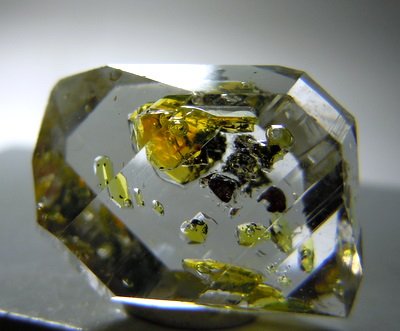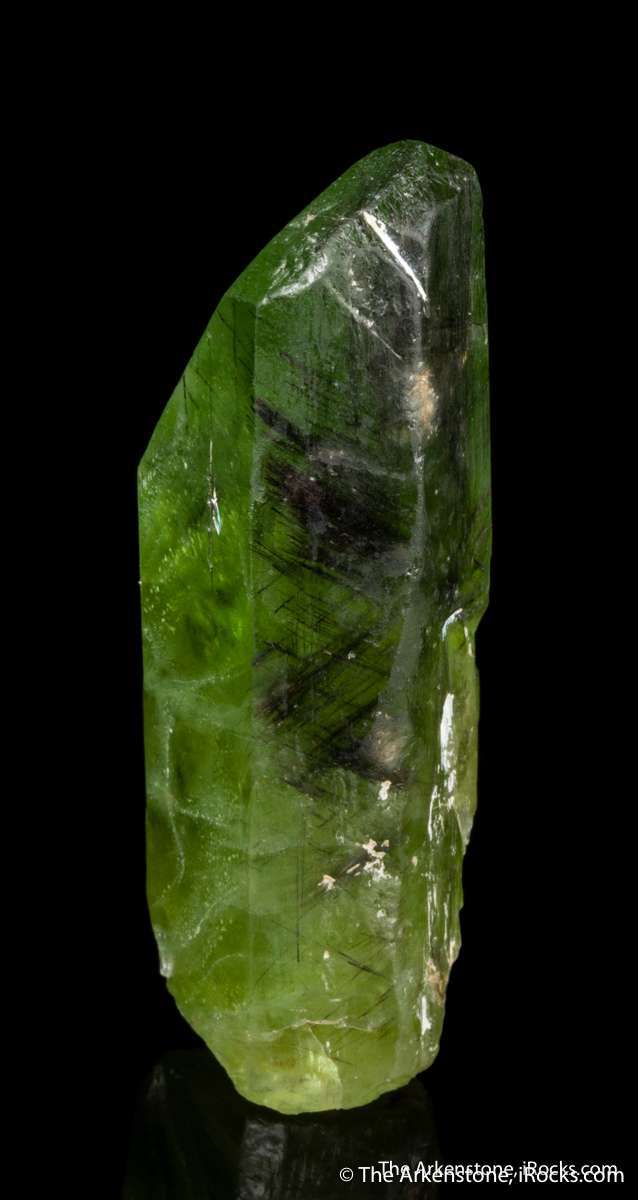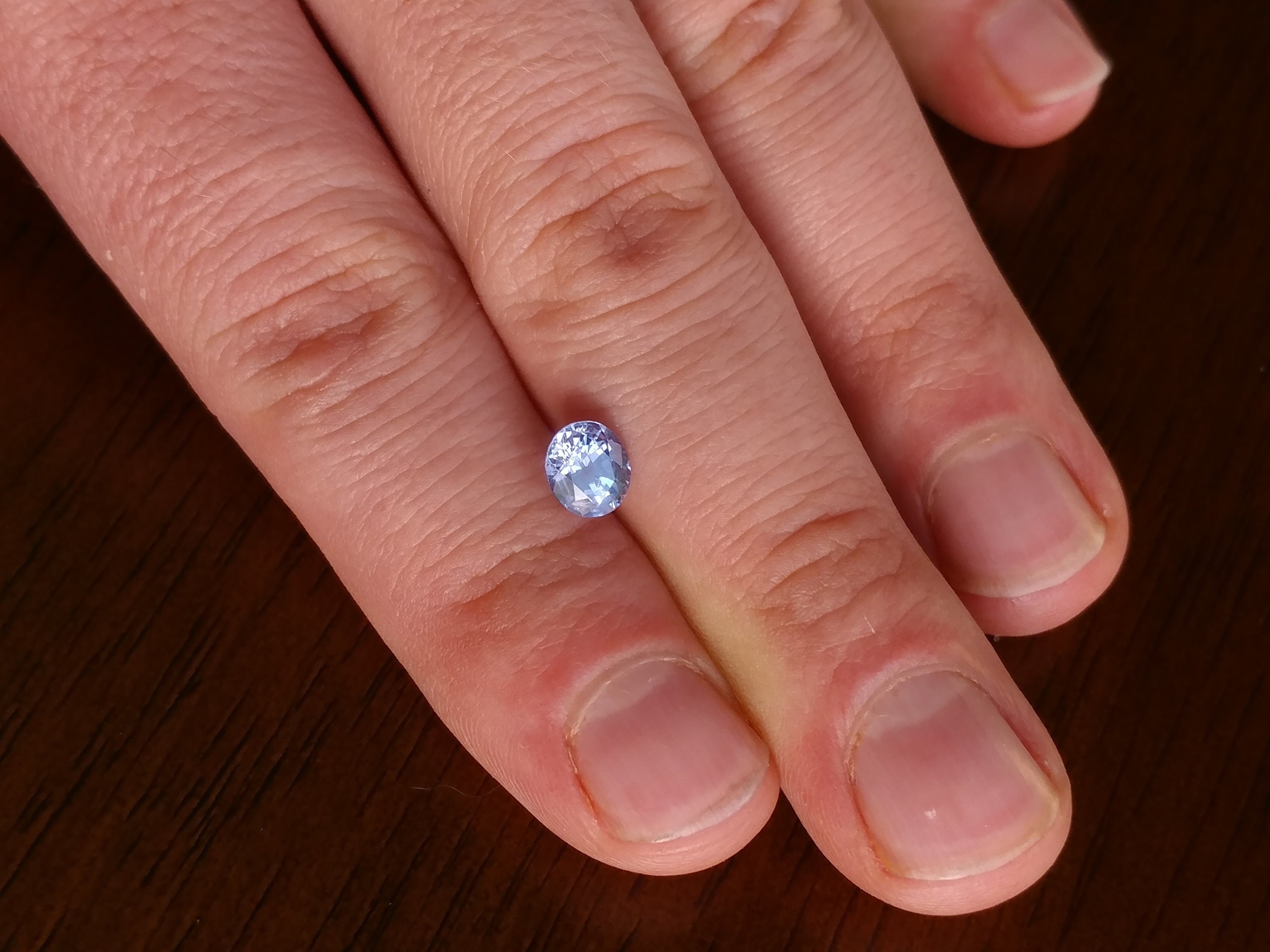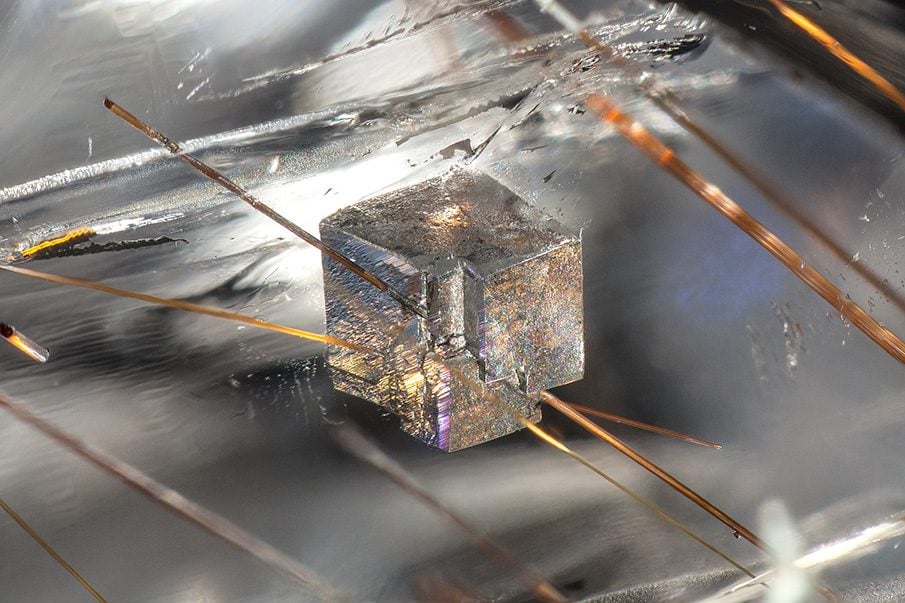Gemstones have always been a fascination for humans. The stunning allure of these gems, combined with their rarity, make them prized possessions that are sold at prices that only the wealthy can afford.
Different Types of Gemstone Inclusions
Have you ever wondered how these beautiful gemstones are formed? Gemstones are formed naturally over millions of years, under the earth's surface. They are composed of minerals and other natural materials. When gemstones are formed, they sometimes contain inclusions.
An inclusion is a material trapped inside a gemstone that can be visible to the naked eye or only visible under a microscope. Inclusions can be air bubbles, minerals, liquids, or fractures. These inclusions give a unique character to each gemstone and are a natural indication of where and how they were formed.
There are different types of gemstone inclusions that one can come across. Let's take a look at some of them below:
1. Petroleum Inclusions in Quartz

These inclusions look like a black fingerprint or leaf inclusions in clear quartz. These inclusions are caused when petroleum gets trapped during the formation of the quartz crystal. The petroleum reacts with the minerals in the quartz and creates a dark inclusion. These inclusions are quite rare and can only be found in certain regions of the world.
2. Diamond Inclusions
/close-up-of-diamonds-713874959-5b859ff346e0fb0025ece8f3.jpg)
Diamonds are one of the most popular gemstones in the world. However, not all diamonds are perfect. Some diamonds contain inclusions that are visible to the naked eye or under a microscope. Diamond inclusions can include clouds, feathers, pinpoints, and crystals that affect their overall clarity and value.
3. Rutile Needle Inclusions in Sapphires

Sapphires are known for their exquisite blue color. However, sapphires can contain unique inclusions, such as rutile needles. Rutile is a mineral that can form needle-like structures inside the sapphire. These inclusions can create beautiful patterns inside the gemstone, making them highly prized.
4. Olmiite Inclusions in Peridot

Peridot is a bright green gemstone that is found in volcanic rocks. Peridot can contain inclusions such as olmiite, which are rare minerals. Olmiite inclusions can change the color of the peridot, making it more desirable.
5. Negative Crystal Inclusions in Blue Sapphire

Blue sapphires are highly prized for their deep blue color. They can contain inclusions such as negative crystals. Negative crystals are formed when liquid or gas gets trapped inside a crystal during its formation. These inclusions can create intricate patterns inside the crystal.
6. Dolomite Inclusions in Quartz

Dolomite is a mineral that is known for its unique pink or brown color. Dolomite inclusions in quartz can create a beautiful contrast of colors. These inclusions are rare and can only be found in certain parts of the world.
7. Rutile Inclusions in Gemstones

Rutile is a mineral that is found in many different types of gemstones including quartz, sapphires, and rubies. These inclusions can create unique patterns that make each gemstone one of a kind.
The Importance of Understanding Gemstone Inclusions
For gemologists and jewelers, understanding gemstone inclusions is paramount. Gemstone inclusions can affect a gemstone's overall quality, beauty, and value. Inclusions are also critical in identifying gemstones and their origin.
For buyers and collectors, understanding gemstone inclusions can help them in determining the authenticity of a gemstone. They can also help in selecting a gemstone that meets their desired characteristics, such as color, pattern, and overall beauty.
Understanding gemstone inclusions is also crucial in helping to care and maintain gemstones. Certain gemstones may require special care due to the inclusions they contain. For example, gemstones that contain fractures or feathers are more susceptible to breaking and require extra care when being cleaned or set in jewelry.
FAQs
What are gemstone inclusions?
Gemstone inclusions refer to any material trapped inside a gemstone that can be visible to the naked eye or under a microscope.
Why do gemstones have inclusions?
Gemstones have inclusions because they are naturally formed under the Earth's surface. These inclusions give a unique character to each gemstone and are a natural indication of where and how they were formed.
Do gemstone inclusions affect a gemstone's value?
Yes, gemstone inclusions can affect a gemstone's value. Inclusions can affect a gemstone's clarity, which is one of the four Cs used to rate a diamond's value. However, inclusions can also make a gemstone more unique and valuable if they create a desirable pattern or color.
Gemstones are truly a wonder of nature. Understanding the different types of gemstone inclusions and their effect on a gemstone's beauty and value is essential in the world of gemstones. Whether you're a collector or a seller, knowledge about gemstone inclusions is critical in making informed decisions when it comes to buying, selling, and caring for these precious stones.